|
|

|
Exploring Sustainable Housing Alternatives: A Visit to the Lifechanyuan Community in Chiang Mai
Xilian Celestial
June 5, 2025

On May 23, 2025, I made a purposeful visit to the Lifechanyuan community located near Chiang Mai, Thailand. This journey was not driven by personal curiosity alone but rooted in a deep concern for one of my long-time patients—a man in his early fifties who is facing the imminent threat of homelessness. Once a substance addict, he had suffered the compounded effects of addiction, emotional trauma, and financial ruin. Over the past year, however, he made a remarkable turnaround, choosing to pursue healing through homeopathic care. He has remained sober, reflective, and committed to reshaping his life. Yet, the societal safety nets available to him are fragile at best.
What prompted my visit was an article written by a member of the Lifechanyuan community, where the author described a way of life free from monetary transactions and material obsessions—a radical yet hopeful alternative to mainstream economic and social models. The idea of a place that provides free, long-term lodging to its members, grounded in spiritual principles and ecological harmony, seemed almost utopian. But in the context of my patient’s deteriorating financial and social condition, it was worth investigating.
As a homeopath who often works with individuals who have been marginalized by conventional systems—be it medicine, employment, or housing—I constantly search for integrative and compassionate models of support. My visit to the Second Home in Chiang Mai was therefore a form of social exploration: Could this be a dignified and sustainable alternative for someone who has been failed by traditional structures?
Upon arrival, I found a community that lives simply, intentionally, and collectively. There were no gates, no individual ownership, and no monetary transactions within the home. Instead, each person contributes according to their abilities—through farming, cooking, cleaning, or spiritual reflection. Integration into the community is based not on wealth or status, but on one’s sincerity, values, and commitment to the common good.
As a doctor at heart, I viewed this not just as a spiritual commune, but as a living social intervention—a potential model for addressing poverty, addiction recovery, and homelessness in a more holistic, dignified manner. It doesn’t merely offer a bed; it offers a new sense of belonging, purpose, and structure—the very things my patient needs.
I left the visit with a deep sense of hope. While this model may not be suitable for everyone, it stands as a bold example of how alternative living communities can meet the fundamental human needs that are so often neglected in modern urban systems. My next steps involve ongoing dialogue with the community, and helping my patient understand what such a transition might entail—not just logistically, but emotionally and spiritually as well.
|
|
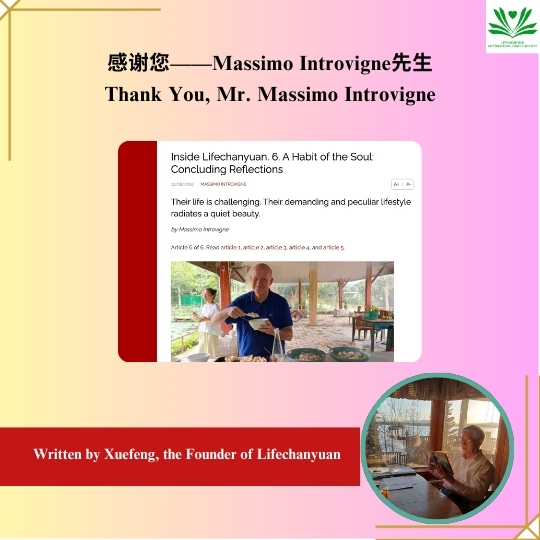 Thank You, Mr. Massimo Introvigne
Xuefeng
October 14, 2025
Dear Mr. Massimo In
Thank You, Mr. Massimo Introvigne
Xuefeng
October 14, 2025
Dear Mr. Massimo In
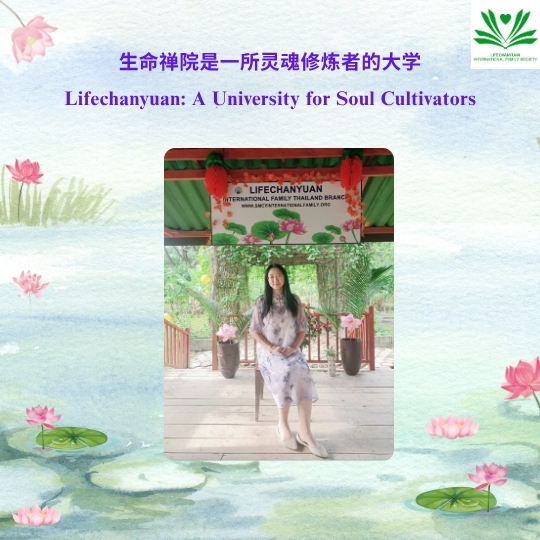 Lifechanyuan: A University for Soul Cultivators
Written by Jiejing Celestial|N
Lifechanyuan: A University for Soul Cultivators
Written by Jiejing Celestial|N
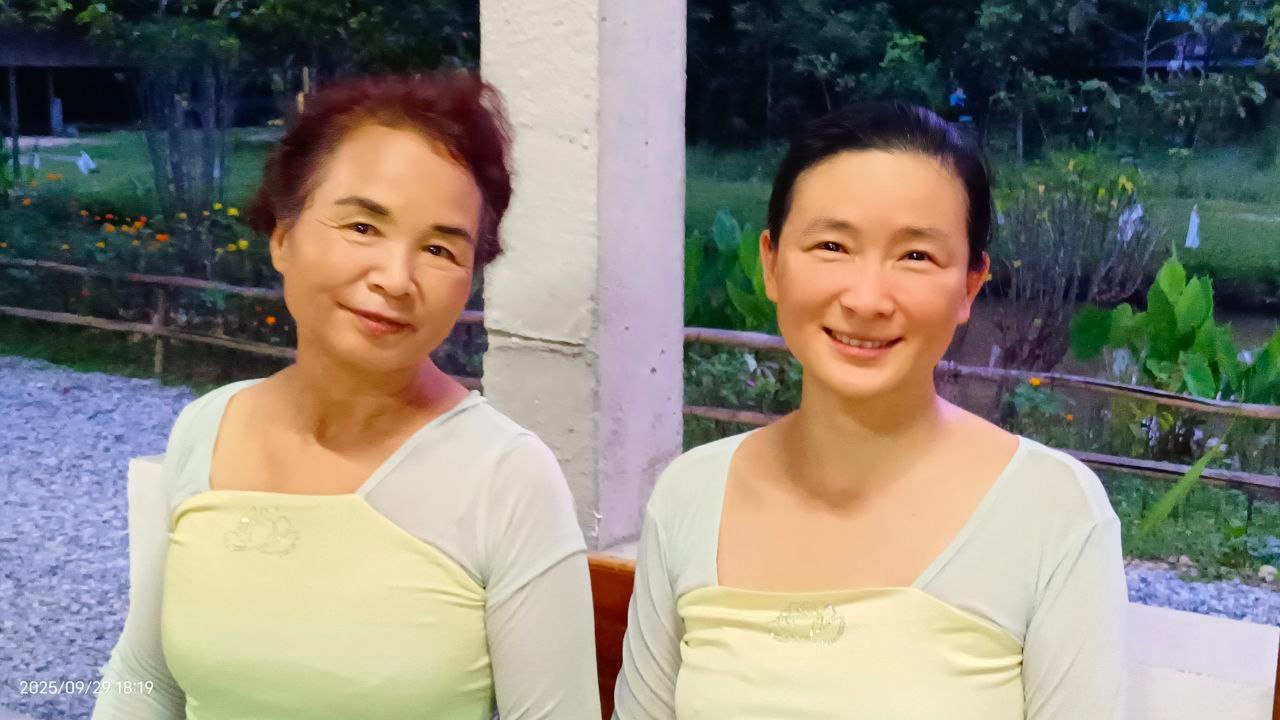 Massimo Introvigne, Editor of Bitter Winter, Published the Sixth Article about L
Massimo Introvigne, Editor of Bitter Winter, Published the Sixth Article about L
 Massimo Introvigne, Editor of Bitter Winter, Published the Fifth Article about L
Massimo Introvigne, Editor of Bitter Winter, Published the Fifth Article about L
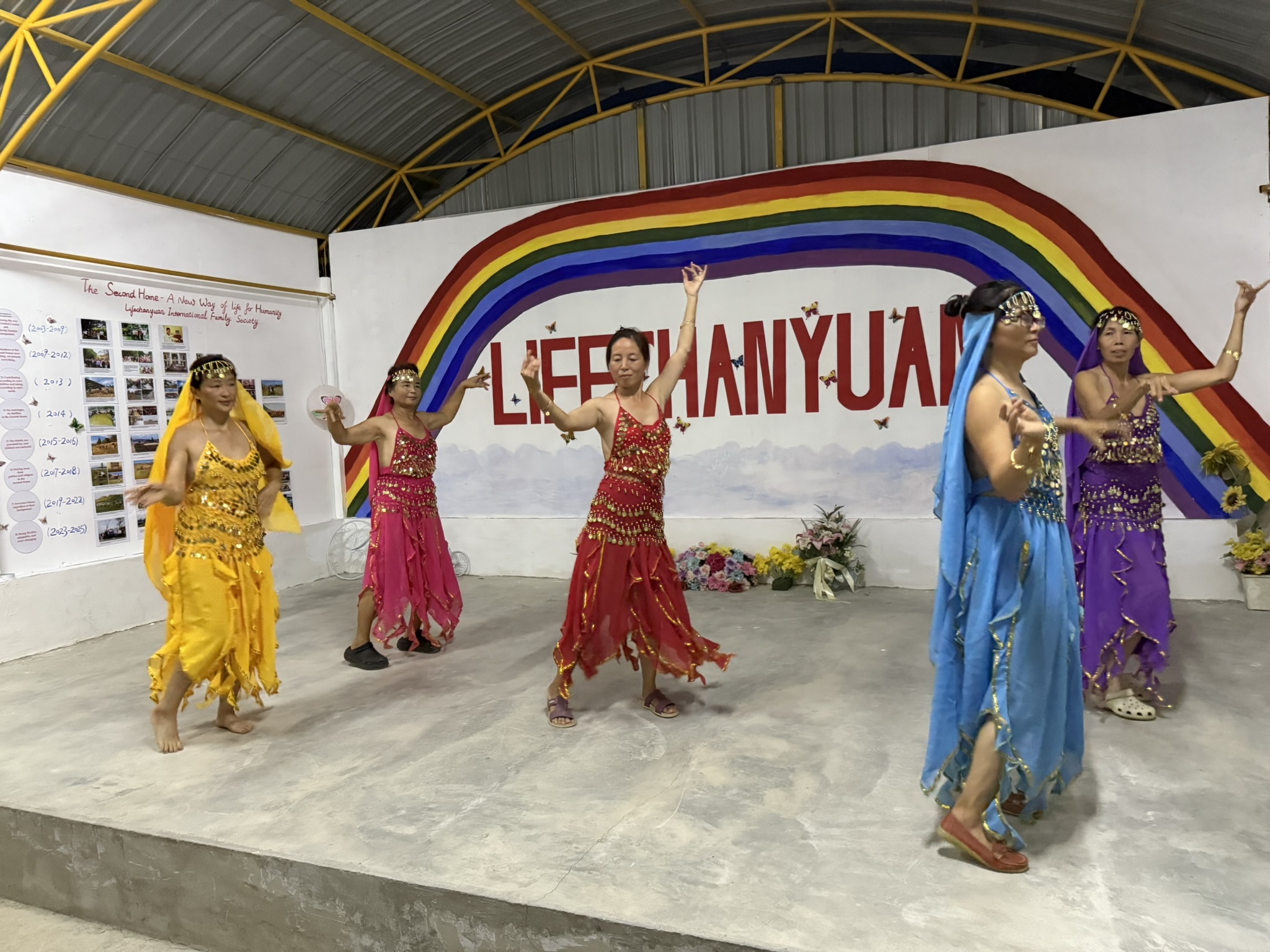 Massimo Introvigne, Editor of Bitter Winter, Published the Fourth Article about
Massimo Introvigne, Editor of Bitter Winter, Published the Fourth Article about
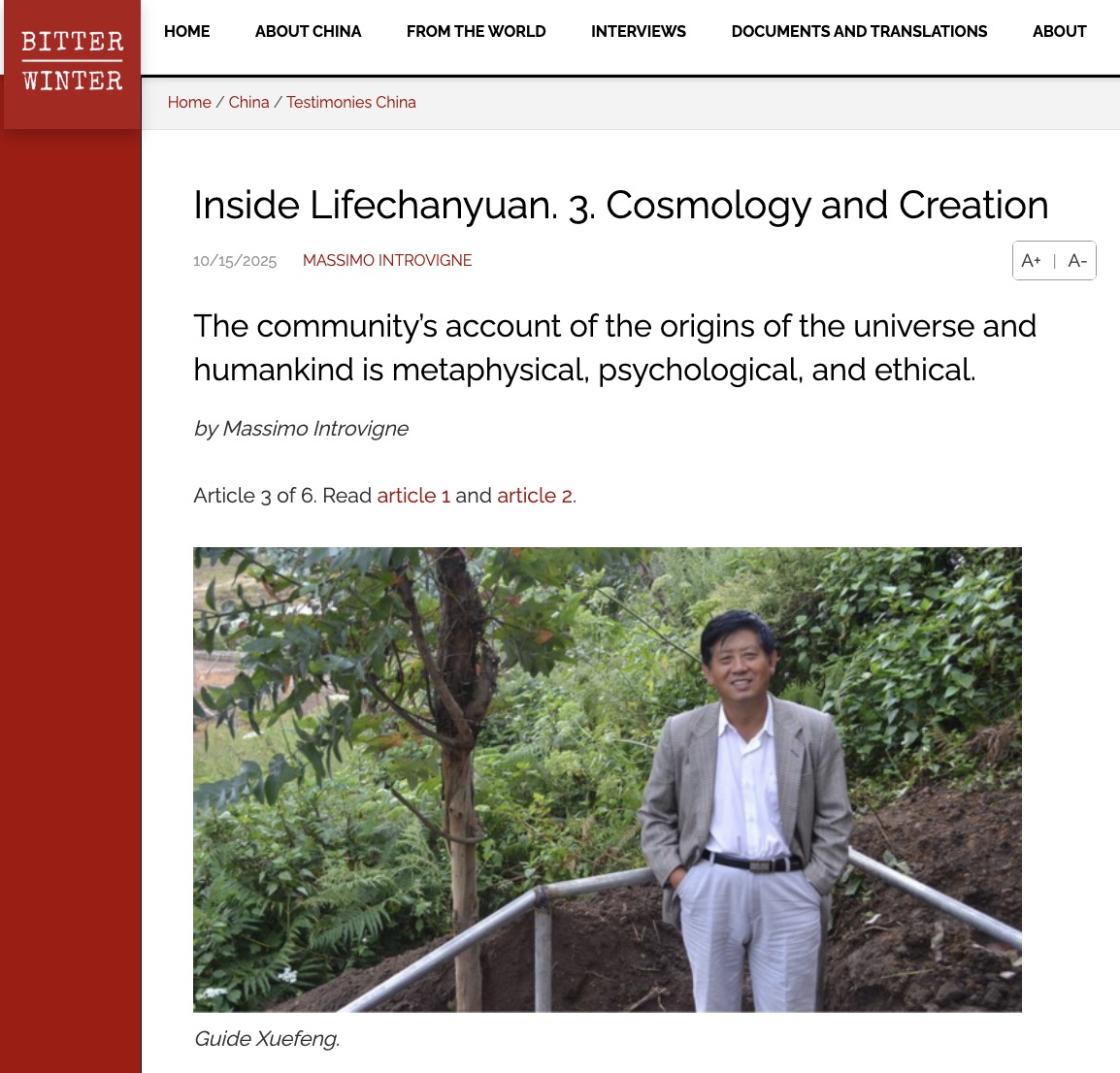 Massimo Introvigne, Editor of Bitter Winter, Published the Third Article about L
Massimo Introvigne, Editor of Bitter Winter, Published the Third Article about L


 Post time 2025-06-16 12:19:17
Post time 2025-06-16 12:19:17




